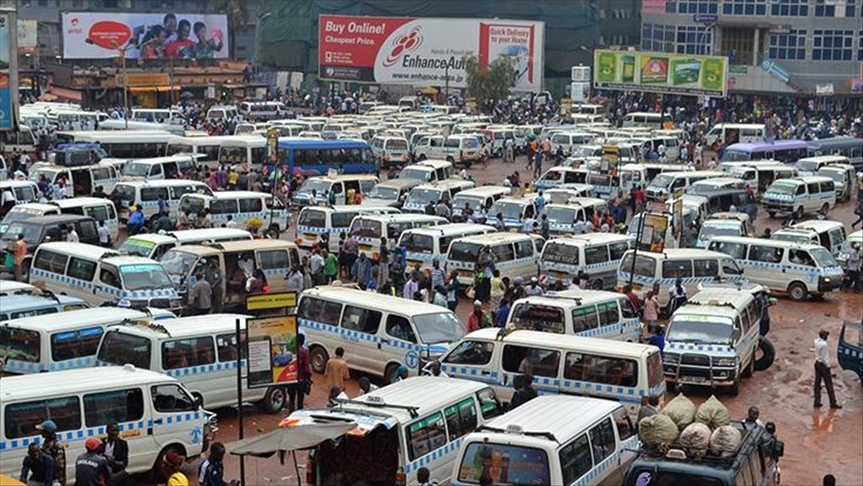Uganda faces rising tide of urbanization
Residents in rural areas seek better living conditions in cities, towns, though many end up in low-paying jobs, crime
 Photo Credit: World Bank
Photo Credit: World Bank
KAMPALA, Uganda
Edward Kalule, 19, is one of the many eking out a living in the Ugandan capital after migrating from his rural home town in hopes of better economic prospects.
A resident of Kampala's Katwe slum, he started collecting discarded plastic bottles to sell to recycling plants after leaving his village in the Mubende district, about 150 kilometers (93 miles) west.
"After completing my secondary education and finding myself with nothing much to do in the village apart from helping my parents in working in the family garden, I decided to come to Kampala to look for a job," he told Anadolu Agency. "But I failed until someone advised me to start collecting used plastic bottles and selling them to plastic recycling factories."
Every year, many young people in rural areas who complete their primary and secondary education but cannot move on to university because of financial constraints and other factors, move to trading centers, towns and cities. However, many are unable to find work and end up in low-paying odd jobs or crime.
Despite this, urbanization is seen as a prerequisite for the country achieving upper-middle-income status by 2040 – its main target under set of national goals known as Vision 2040.
Urban population in Uganda was reported at 24.95% in 2020, according to the World Bank, with the country's Bureau of Statistics saying it is currently experiencing rapid urbanization and that by 2050 it would be among the most urbanized countries in Africa.
"Apart from school dropouts, even those who have never gone to school believe they can easily make ends meet when they go to the towns. They don't want to get involved in agricultural activities. They see it as a dirty job," said Yunus Kizza, a local councilor in Kampala.
This thinking, he added, has led to uncontrolled rural urban migration, which in turn resulted in the expansion of trading centers to towns and towns to cities.
Other factors that are leading to urbanization include industrialization, with many factories being established in cities, hence leading to people moving from villages to get industrial jobs.
Commercialization, social benefits and services, employment opportunities, modernization and lifestyle changes, as well as rural-urban transformation also contribute to urbanization.
"When the population in trading centers grow to about 50,000, it becomes a town, and when it goes up to 100,000, it becomes a municipality. When it exceeds 500,000, it is made a city," said Nelson Kabali, an official from the Local Government MInistry.
He, however, said that before an urban center can progress to the next category, there are issues that are considered such as the presence of land on which police stations, taxi parks, hospitals and other important facilities can be built.
Two years ago, Uganda had only one city. Today, it has 10 and this is projected to increase to 15 in the next five years, according to authorities.

Five years ago, the country had 70 municipalities, which has since more than doubled to over 150.
However, the government is trying to get rural residents to stay and develop their areas through various incentives announced recently by Local Government Minister Adolf Mwesige.
President Yoweri Museveni said in a recent public address that the government had introduced "loan schemes at parish levels so that people in rural areas can use them to develop themselves while in their villages."
He said the government was also working on infrastructure, like roads, in rural areas and introducing social services to encourage residents to stay in villages and live comfortably.
According to the UN World Urbanization trends in 2014, 54% of the world population reside in urban areas.
Anadolu Agency website contains only a portion of the news stories offered to subscribers in the AA News Broadcasting System (HAS), and in summarized form. Please contact us for subscription options.


